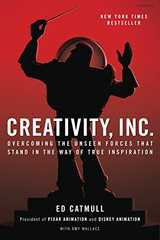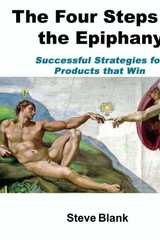
The Innovator's Dilemma: The Revolutionary Book that Will Change the Way You Do Business
byClayton M. Christensen
Clayton M. Christensen, coined the term Disruptive Innovation, where a product or service at the bottom of the market, can rapidly move up and become an industry leader, disrupting the old market leaders core business. The big dilemma is that disruptive innovation, usually comes from new markets targeted towards people that are not you the initial customer, with a smaller target market and often is at a price point much higher than your core customers can afford. Large companies at the top of their industry, usually have a core product or service line that bring in large profits and are internally motivated not to disrupt their core business to chase after these new product ideas which would destroy their profits in the short term, allowing smaller and leaner companies that can take more risks to swoop in and take charge. Packed with great stories of businesses that have been a Goliath in their industries and have fallen, when faced with a David-like disruptive startup as well as how companies of all sizes can develop new perspectives and techniques to look at the future of their businesses differently to get over the fear of innovating.
Motivations to Read
Growing up with ample curiosity while also living in a situation that one had to take very calculated risks, I had a forward-thinking mindset to imagine the unknown, while also trying to figure out potential downfalls and traps. Building and creating things had also been a passion of mine, so I was drawn to business and wondered how big companies fail. I had been enrolled in business school and went through case study after case study and saw that the underdog seemed to have an edge in today's digital era and I wanted to know as a potential entrepreneur, how could I take advantage of a big companies weakness and get ahead, which lead me to reading the innovator's dilemma.
3 Reasons to Read
- History on how some the U.S' largest and most successful business and how they failed to innovate, partially due to their own success
- Understand how a business can capitalize on "disruptive technology"
- A great book on innovation and startups can beat incumbents
The Innovator's Dilemma: The Revolutionary Book that Will Change the Way You Do Business Notes & Summary




